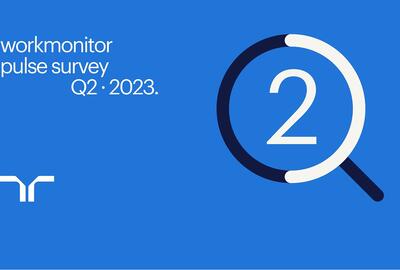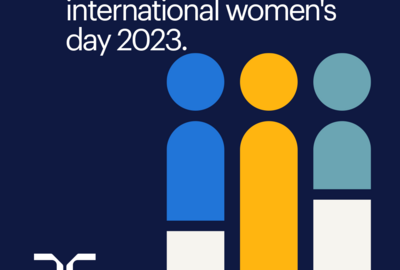Improved work flexibility has hugely benefited many white-collar — or office-based colleagues — in recent years. The ability to save time and money on commutes, while being able to put a load of washing on or make lunch in between tasks, can make a big difference to the lives of not just employees but their families and friends too.
But what about non-office-based professionals, like people in the food services or manufacturing industries? Or hairdressers, electricians, nurses, who have no choice but to be in certain locations, at certain times?
Data from Randstad’s Workmonitor Pulse Survey shows that these workers want more job flexibility, which they prioritize nearly as much as pay. The research shows that 42% of blue-collar workers — people who perform high- and low-skill manual labor in industries — say flexibility is as important, or more important, than pay. Gray-collar talent — people holding jobs with aspects of blue- and white-collar roles that involve a service or are customer-facing but not based in an office — desire flexible conditions even more, with 48% saying it is as important, or more important, than pay.
However, only 20% of blue-collar, and a quarter (26%) of gray-collar professionals have seen increased flexibility since the pandemic. This is compared to over half (52%) of white-collar office workers.
So, how can employers find forms of flexibility to meet the needs of this pool of talent?
what flexibility means for non-office-based staff
Clarisse Lagrand juggles several jobs. She is sometimes a chef de rang, sometimes a maître d’hôtel — finding these roles through Randstad — but has also been a semi-professional hip-hop dancer for about 20 years.
She works mainly in Paris at weekends and in the evenings, when the food service industry is busiest, and when many of the dancing classes and performances occur.
But how does Lagrand balance multiple part-time jobs in catering and maintain a second career as a dancer?
“Without being a temporary worker, I couldn’t have been a professional dancer. I wouldn’t have been able to do both,” Lagrand says. “Flexibility means a lot of things, especially in industries where it is the workers who traditionally need to be flexible.

To me, flexibility is freedom. Freedom to leave work a little early some days so I can get across Paris to my dance class on time. Freedom to cancel a shift at short notice because I have an audition, and not be made to feel bad. Freedom to work part-time but to get the respect that matches my years of experience.
blue- and gray-collar staff needs are evolving
And while Lagrand is not alone in her desire for flexibility, it can seem like a difficult benefit for organizations in some industries to deliver, especially for location-based blue- or gray-collar workers.
These employers must think creatively to offer these workers alternative forms of flexibility to suit their roles. Randstad’s research shows that while white-collar employees are more likely to value flexibility in terms of location (50%), their blue- and gray-collar colleagues prioritize flexibility in terms of working schedule (28% and 30% respectively) and the number of hours worked (28% and 30% respectively). Businesses will need to engage with their people across these roles in order to find systems that suit both their organizational and employee needs.
Through Randstad, Lagrand has been able to find work that fits around her priorities. “Randstad helps me find roles that offer the flexibility I need to feel free. I sometimes suffer from anxiety; I need to be in a relationship of trust with people I work with, so I can give my best self to the customers. The organizations I work with understand that we are all human, and we need to enjoy life.”







